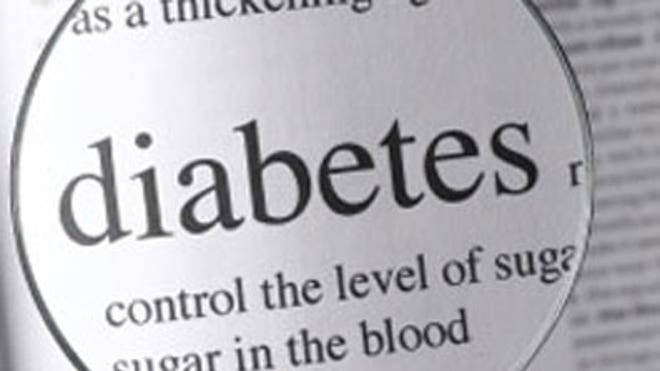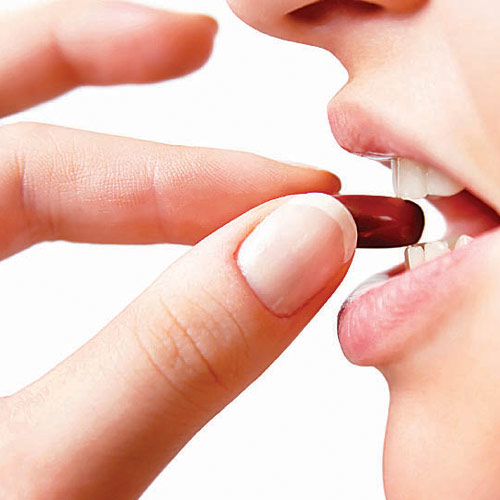Chewing gum can lead to symptoms of temporomandibular joint disorder (TMJ), which includes jaw pain associated with the chewing muscles and joints that connect your lower jaw to your skull. Ouch. “Overuse of any muscle and joint can lead to pain and problems,” says Don Atkins, a dentist in Long Beach, California.
Many people end up with contracted muscles of the jaw, head, and neck, which can lead to headaches, earaches, or toothaches over time. Eat an apple instead, which satisfies the urge to chew and reduces your risk of cardiovascular disease at the same time.
For more healthy ways to de-stress, check out these 2-minute stress busters.
You could develop GI problems
Irritable bowel syndrome (IBS) is a GI disorder characterized by abdominal pain, cramping, and changes in bowel habits. “Chewing gum can contribute to IBS, as excess air can be swallowed, which contributes to abdominal pain and bloating,” says Dr. Patrick Takahashi, chief of gastroenterology at St. Vincent Medical Center, Los Angeles, California. In addition to swallowing air, artificial sweeteners such as sorbitol and mannitol can cause diarrhea in otherwise healthy people.
Here are natural diarrhea remedies and what could be causing your stomach woes.
You’ll rot your teeth
In an effort to avoid the laxative effect of artificially sweetened gum, switching to sugar-sweetened gum may sound logical, but it’s fraught with its own issues. “Sugar-sweetened gum bathes the teeth in sugar and is a source of tooth decay,” says Atkins.
You’re chewing a sheep by-product
Lanolin, an ingredient found in skincare products, keeps chewing gum soft. It doesn’t sound too bad until you find out it’s a yellow waxy substance secreted by the sebaceous glands of sheep. Known as “wool fat,” lanolin is harvested by squeezing the sheep’s harvested wool between rollers. “In the amounts utilized in chewing gum, it hardly poses a threat to one’s health, although the thought of digesting it may be a bit unsavory,” says Takahashi. Unsavory indeed.
You’re releasing mercury into your system
Silver fillings known as amalgam dental fillings consist of a combination of mercury, silver, and tin. And research shows that chewing gum can release the mercury from the fillings into your system. The problem? High levels of mercury can cause neurological issues as well as chronic illnesses and mental disorders. Fortunately, the small amount released through dental fillings isn’t likely to harm you, says Takahashi, as it typically passes easily through your intestinal tract. That said, do you really want metal in your body?
Source: fox news










